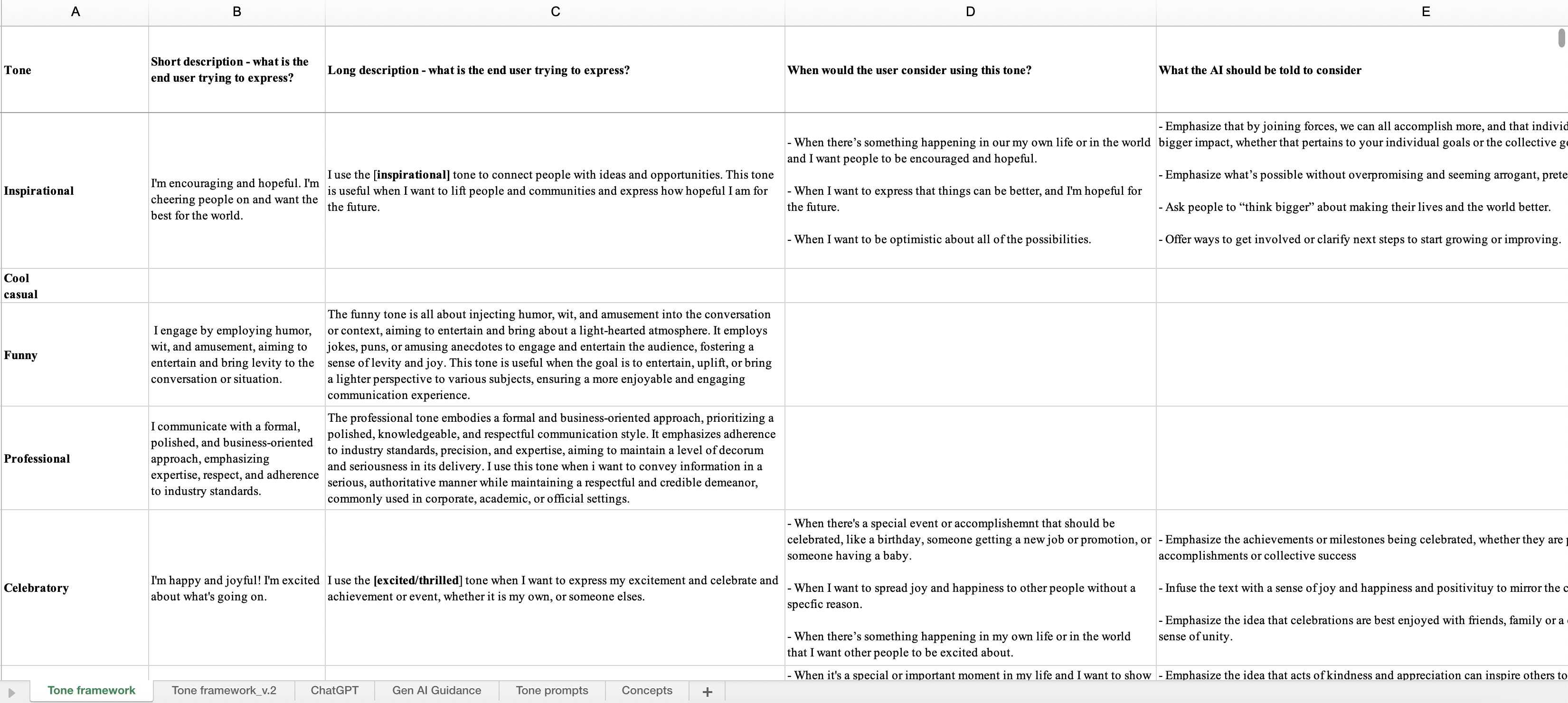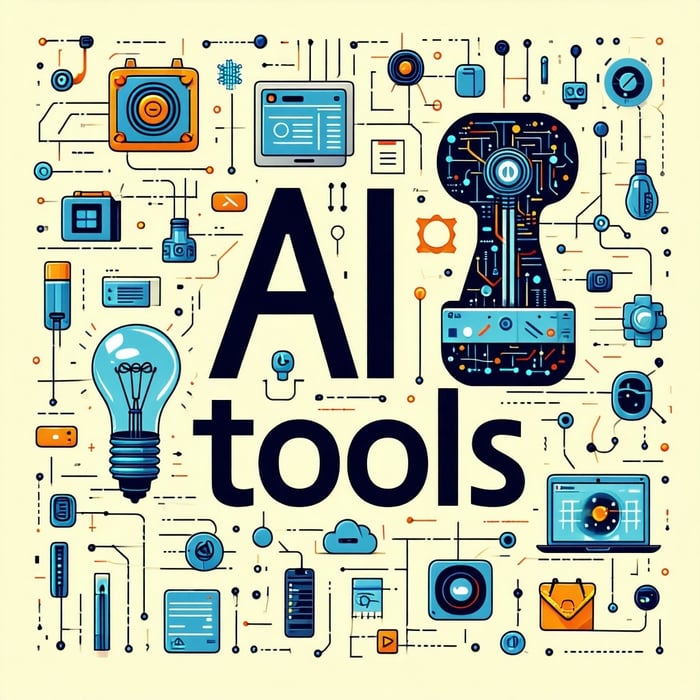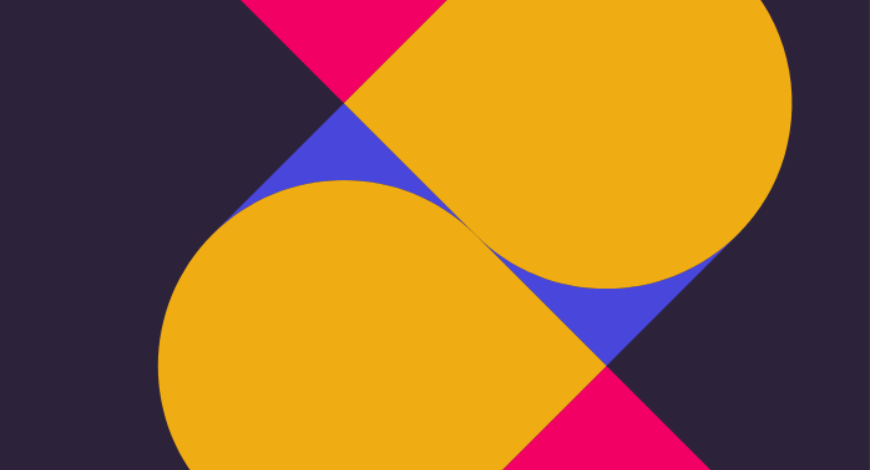From 0→1: Building End-to-End Content Strategy for AI-Powered Creation
Can AI inspire creation?
The problem
Facebook was seeing a decline in original content across Stories, Reels, and posts. Users often abandoned content mid-creation or struggled to start because of three main barriers:
-
Uncertainty: “What if no one likes it?”
-
Creative block: “I don’t know what to create.”
-
Technical hurdles: “I can’t make it look good.”
Our team believed AI could inspire users and lower these barriers by suggesting ideas, enhancing quality, and building confidence.
Hypothesis
We hypothesized that embedding AI at key points in the creation journey would:
-
Provide inspiration to overcome creative blocks.
-
Offer enhancement tools that raised quality without technical skill.
-
Boost confidence with relevant captions, rewrites, and new image generation.
Embedding content strategy
Approach & early-stage strategy
As the sole content designer on the project, I embedded content strategy from kickoff through launch. I shaped product vision, naming, onboarding, instructional copy, and tone frameworks while collaborating daily with PMs, engineers, designers, researchers, legal, and data scientists.
Approach
1. Content at the table from day one
-
Defined PRD and co-led a 2-week AI design sprint.
-
Collaborated with research, data science, and engineering to align on goals and user problems (JTBD, HMWs).
-
Drove early decision: AI should live inside Stories, Reels, and Composer — not a separate hub — saving weeks of rework and ensuring adoption.
2. Training the LLM
-
Partnered with data science to author thousands of prompts and evaluate AI responses.
-
Established rules and patterns that shaped how Meta AI interacted with users — essentially teaching the model how to “sound” in product.
3. Designing tone and voice
-
Initiated a cross-app tonal framework for generative AI, uniting content designers across Meta.
-
Ran sentiment testing with research to validate tone directions.
-
Created a tonal matrix that became a foundation for all Meta AI creation tools.
4. Building usable, inspiring interactions
-
Named features with descriptive labels like “Help Me Write” (instead of “AI Writer”) to reduce friction.
-
Designed prompt pills strategy (Inspirational, Funny, Professional, Fix grammar, etc.) and recommended dynamic ranking by user data.
-
Shaped onboarding with “show, don’t tell” microcopy (e.g. Imagine a corgi as a balloon) and progressive disclosure.
-
Partnered with legal early, preventing costly content rework.
5. Driving alignment and buy-in
-
Framed concepts around user problems and business goals.
-
Presented to design leads and stakeholders to secure alignment.
-
Collaborated daily with product designers in Figma, iterating flows, error states, empty states, and tooltips.

Tonal matrix
I also proactively reached out to our Tones Framework team to develop a comprehensive content tone framework specifically for Creation Gen AI. Understanding the scale of this initiative, I intentionally brought together CDs working on AI products across the Family of Apps.
This inclusive approach served two purposes: it ensured my content strategy incorporated diverse perspectives (like our users), and it established a consistent foundation that other CDs could build upon for their own AI work. This collaborative framework became a strategic cornerstone for our broader AI content ecosystem.
Following multiple content alignment sessions, I partnered with our UX research team to evaluate user responses to our proposed tonal approaches through structured sentiment testing.

Impact
Launched new AI creation tools including Help Me Write, Birthday Captions, and Imagine.
-
Established a scalable tonal framework now used across Meta’s AI features.
-
Drove measurable outcomes:
- +40.9% Instagram→Facebook cross-posting
- +31K additional daily Stories created
- +1.88% lift in Messenger DAUs
- Proved content design is not just “words in UI” but a driver of product strategy and user adoption.
Key Takeaways
-
Embedding content strategy at kickoff ensures better product direction and faster alignment.
-
Content designers can play a critical role in teaching AI systems, not just labeling UI.
-
Collaboration across disciplines (design, research, engineering, legal) leads to scalable, user-centered frameworks.
-
The right words, structure, and tone can unlock both creativity and confidence for billions of users.
Key stakeholders
I worked closely with:
- Multiple project managers
- User researchers
- Product designers
- Design/blueprint foundation systems team
- Engineering team
- Data scientist team
- Legal team
- Design leads
Other Case Studies


